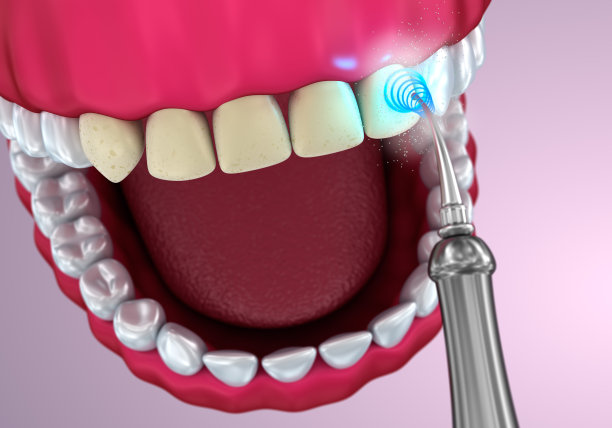The Comprehensive Guide to Dental Implant Treatment Benefits Procedures and Aftercare for a Renewed Smile
Summary: Dental implant treatment has revolutionized restorative dentistry, offering a permanent solution for tooth loss. This comprehensive guide delves into the myriad benefits of dental implants, outlining the procedures involved and the essential aftercare to ensure longevity and effectiveness. Readers will learn how dental implants are advantageous compared to traditional dentures and bridges, the step-by-step process of getting implants, and the best practices for aftercare to maintain a renewed smile. Armed with this knowledge, individuals considering implants will feel informed and empowered to make decisions regarding their oral health.
1. Advantages of Dental Implants for Patients

Dental implants offer several significant advantages over traditional tooth replacement options, making them an appealing choice for many patients. One of the principal benefits is their durability and longevity. Unlike dentures, which may require replacement or adjustment over time, implants are designed to fuse with the bone and can last a lifetime with proper care, providing a long-term solution to tooth loss.
Another key advantage is the improvement in oral health. By preserving the jawbone and preventing further bone loss, dental implants maintain facial structure and integrity. Patients often report enhanced confidence due to the natural appearance of dental implants, which closely resemble real teeth in shape and color, leading to a more attractive smile.
Additionally, dental implants offer functional benefits. They enable patients to eat and speak comfortably without the worry of slippage common with dentures. This increased stability allows individuals to enjoy a wider variety of foods, ultimately improving their quality of life.
2. Understanding the Dental Implant Procedure
The procedure for receiving dental implants involves several steps, starting with a thorough examination and treatment planning by the dentist. During this initial consultation, professionals assess the patients oral health, including examining the jawbone structure to determine the feasibility of implants.
The next step is the surgical placement of the implant. The titanium post is inserted into the jawbone, acting as a replacement root for the missing tooth. This procedure is performed under local anesthesia, ensuring patient comfort and minimizing discomfort.
Following the implant placement, healing is necessary for osseointegration, where the implant fuses with the bone. This healing period can take several months, during which a temporary crown may be fitted. Once healed, an abutment is added to the implant, providing a connection between the implant and the final crown. The dentist will then create and attach the custom prosthetic tooth, completing the process.
3. Essential Aftercare for Dental Implants
Aftercare is crucial for ensuring the success and longevity of dental implants. Patients are advised to maintain proper oral hygiene, including regular brushing and flossing. Specialized cleaning tools, such as interdental brushes, can help keep the area around the implants free from plaque and bacteria.
Regular dental check-ups are also essential for monitoring the health of the implants and surrounding tissues. During these visits, the dentist can identify any potential issues early and provide professional cleanings to maintain optimal health.
Additionally, patients should be mindful of their diet in the early stages after surgery. Avoiding hard or sticky foods can prevent unnecessary strain on the healing implants. Staying hydrated and following the dentists dietary recommendations will aid the healing process and ensure optimal outcomes.
4. Long-term Maintenance of Dental Implants
Long-term maintenance of dental implants involves a combination of consistent oral hygiene practices and regular dental visits. Over time, the surrounding gum tissue may require extra attention, as it can influence the health of the implants. Patients should incorporate soft-bristle toothbrushes and non-abrasive toothpaste into their routine to avoid damaging the implant or adjacent gums.
Moreover, individuals are encouraged to avoid harmful habits such as smoking and excessive alcohol consumption, as these can hinder the healing process and lead to complications. Discussing any health changes with the dentist can lead to tailored advice for maintaining dental implants.
Lastly, patients should commit to a regular schedule of dental check-ups. These visits are vital for professional cleaning and ongoing assessment of the implant’s condition, ensuring that the investment made in dental implants continues to pay off in the form of a beautiful, functional smile for years to come.
Summary:
This comprehensive guide has illuminated the myriad benefits and processes associated with dental implants. By exploring the advantages, outlining the step-by-step procedures, and emphasizing the importance of aftercare, individuals are better equipped to make informed decisions regarding their dental health.
Understanding the long-term commitment required for maintenance reinforces the overall value of this dental solution. Investing in your smile through dental implants not only enhances aesthetics but also significantly improves your quality of life.
This article is compiled by Vickong Dental and the content is for reference only



